1111 A mathematician’s progress
Universal Disorder
by Bernice Friesen
Calgary: Freehand Books, 2020
$22.95 / 9781988298559
Reviewed by Heather Graham
*
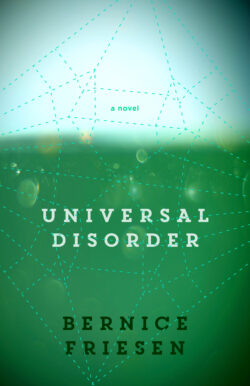 This is a novel about a boy’s journey to adulthood, a description that suggests it belongs in that category of narratives known as coming-of-age stories. But for Charlie Vicaryous, who has Asperger’s syndrome, his journey is more of a protracted coming-to-terms story as he struggles to overcome his personal sense of inadequacy and failure and find his place in the world.
This is a novel about a boy’s journey to adulthood, a description that suggests it belongs in that category of narratives known as coming-of-age stories. But for Charlie Vicaryous, who has Asperger’s syndrome, his journey is more of a protracted coming-to-terms story as he struggles to overcome his personal sense of inadequacy and failure and find his place in the world.
Charlie has a special kind of intelligence. He’s a mathematical whiz, obsessed with numbers, in adulthood courted by internationally renowned mathematicians who “want to use his brain . . . his circling, aging, serviceable, inoperable brain.” This negativity, this inability to appreciate and accept his unique self, is what torments Charlie in his youth and beyond, and it is the source of the emotional intensity that animates Friesen’s novel.
The chronology of Charlie’s life goes something like this: Born and raised in small-town Saskatchewan; moves to Montreal in his early twenties to work on his PhD; has a mental breakdown at twenty-four and is hospitalized; ten years later he goes in search of answers to a lingering question from the past, with unexpected results; just over a year after he sets out on this quest, the novel ends with Charlie “at home in his new office in the Department of Mathematics” of an unnamed university.
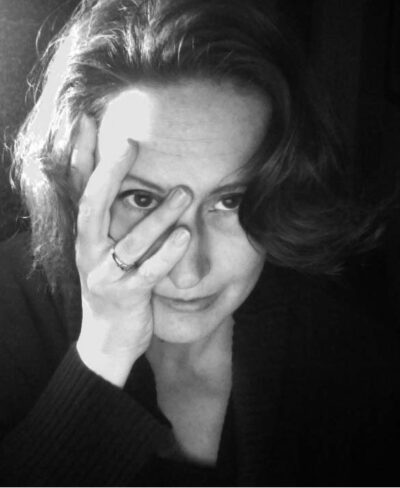
So a pretty straightforward timeline, with opportunities for dramatic events along the way, and a happy ending to wind everything up. But a simple going-forward arrangement of events isn’t how Friesen wants to tell Charlie’s story; she has other ideas, other plans. Like Charlie himself, the telling of his story is going to be complicated.
Universal Disorder opens with a very brief (two-page) prologue: Charlie sees a familiar but unexpected number on his telephone’s call display, a number from ten years earlier. Although there’s no information to tell the reader where we are or when this is happening, eventually we learn that this event is occurring in the “now” of Charlie’s story, the point in his life, and the novel, from which the future will begin to unfold. But before arriving at that chronological destination, there will be many visits to the past, interspersed with occasional reminders of where this train is ultimately headed.
We begin with Charlie’s childhood. Because he has Asperger’s, Charlie’s reactions to events are not “normal,” meaning they are different from how most people would experience them. Charlie’s parents are the other main characters in this part of the story: father Robbie, one of those hapless men you just know will never really get a grip on life and is sure to do a lot of damage before he finally runs out of steam; and mother Lee-Anne, smart, cheerful and a fighter, especially when it comes to Charlie.
Quite a bit happens as Charlie makes his way from childhood to adolescence: much partying at Robbie’s farm; a visit to the Holistic Healing Center in Arizona, where Lee-Anne takes Charlie in her search for a cure for what ails him; an entertaining side trip to Las Vegas; and concludes with a harrowing account of thirteen-year-old Charlie’s near drowning, thanks to Robbie’s drunken scheme to recover, from the bottom of a lake, the watch that he himself had thrown into the lake in a fit of pique.
As this part of Charlie’s backstory comes to an end, the reader is catapulted forward into the novel’s present, which we discover is almost twenty years later, to connect with thirty-four-year-old Charlie as he attempts to solve the mystery of the number on his call display, the event that opened the novel. But the return to Charlie’s present-day life is short-lived; we stay just long enough to find out that he’s living in Montreal and has a job of some kind (changing light bulbs, it seems) at the Métro, the city’s subway system. Then we’re on the move again, this time back ten years, and learn that Charlie came to Montreal to study for his PhD in physics.
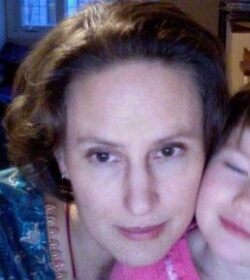
It is at this point that the novel embarks on the most intense events of Charlie’s story. He meets Jae, the woman who will become his obsession; Jae’s friend Tamsin (also known as the Dark One or Bat Girl); and Dom, a thinly drawn “little gay man” who has attached himself to the two women. This part of Charlie’s story — his pursuit of Jae during the third year of his PhD — dominates the middle part of Universal Disorder, but unlike the earlier portrayal of Charlie’s childhood and adolescence, it is not an uninterrupted chronological flow of events. There will be two more visits forward to Charlie in the “now” of the novel, another backward look to his mental breakdown before returning to the present-day, interspersed with two drop-in visits to events just before he departed for Montreal, which brings Robbie back into the story.
To complicate matters during this part of the novel, PhD student Charlie is not having an easy time of it, and there is a lot of interior questioning and agonizing and analyzing as he stumbles along: attends parties and art shows he can barely understand, unexpectedly poses nude for a life art class; suffers the pangs of unrequited love as Jae whirls through his life, completely unaware of Charlie’s passion for her. This is definitely the most challenging part of the story; it is also the least successful.
Once the novel settles down permanently in the present of thirty-four-year-old Charlie’s life, things not only get calmer but more interesting. It turns out that Charlie’s mother, Lee-Anne, had relocated to Montreal after Charlie’s breakdown, and she becomes an important part of his story once again, along with her boyfriend Johnny, owner of the Greek restaurant across from the salon where Lou-Anne works. And then there’s Tamsin, the woman previously known to Charlie as the Dark One or Bat Girl, who makes a big return as both lover and, even more significantly, the mother of Henry, a seriously disabled young man. The novel really seems to “find its groove” at this late stage of things, but unfortunately there isn’t much narrative room left. A longer look at Charlie’s relationship with Henry, for example, and the role the relationship plays in Charlie’s eventual self-acceptance and, therefore, his ability to move ahead in life, would have added depth and poignancy to his story.
Universal Disorder is divided into six numbered sections, each one introduced by a tidbit of information related to mathematics or physics. Within the sections there are narrative breaks marked by mathematical symbols, and a glossary of mathematical symbols is provided at the end of the novel. The only obvious relationship between Charlie’s story and these references is his particular intelligence, but it isn’t clear what the reader is supposed to make of them. They must mean something, but what? Perhaps some kind of inside joke for numbers nerds like Charlie? And then there’s Charlie’s surname: Vicaryous. Is this a play on words, meaning that his story is an opportunity for the reader to experience, vicariously, what life is like for someone with Asperger’s syndrome? As for the title itself, Universal Disorder, is it meant to evoke the idea of a disordered universe, or disorder of a universal extent, or maybe something else entirely?
It’s not a reviewer’s job to offer an opinion on what a writer should have done, or could have done, with a story, but sometimes it’s difficult to resist the temptation. Something about the “overmuchness” of this novel, particularly in the intricate middle part, continually throws off the narrative balance — a result, it would seem, of Friesen’s belief that the only way for the reader to appreciate what it’s like to be Charlie Vicaryous is to spend a lot of time in his head when he’s at his most vulnerable and confused. Yet it’s when Friesen backs off from this deep dive and keeps things more focused on what is happening on the ground that Charlie really comes to life.
*
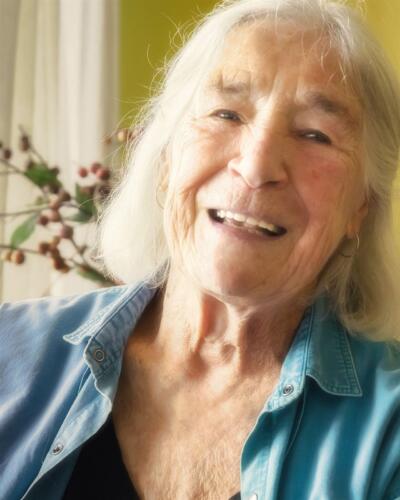
Heather Graham worked as an editor for nearly thirty years, and during that same time made more than one foray into the seductive but fraught business of bookselling. Now officially retired, she indulges her bookish inclinations by taking on the occasional editing project, as well as trying her hand at the storytelling process itself and doing some of her own writing. She lives on Malcolm Island in Queen Charlotte Strait. Editor’s note: Heather Graham has also reviewed books by Traci Skuce, Michael Christie, Anny Scoones, Alexander Laidlaw, Jennifer Butler, and Terry Milos for The Ormsby Review.
*
The Ormsby Review. More Books. More Reviews. More Often.
Publisher and Editor: Richard Mackie
The Ormsby Review is a journal service for in-depth coverage of B.C. books and authors. The Advisory Board consists of Jean Barman, Wade Davis, Robin Fisher, Cole Harris, Hugh Johnston, Patricia Roy, David Stouck, Maria Tippett, and Graeme Wynn. Scholarly Patron: SFU Graduate Liberal Studies. Honorary Patron: Yosef Wosk. Provincial Government Patron since September 2018: Creative BC
“Only connect.” – E.M. Forster
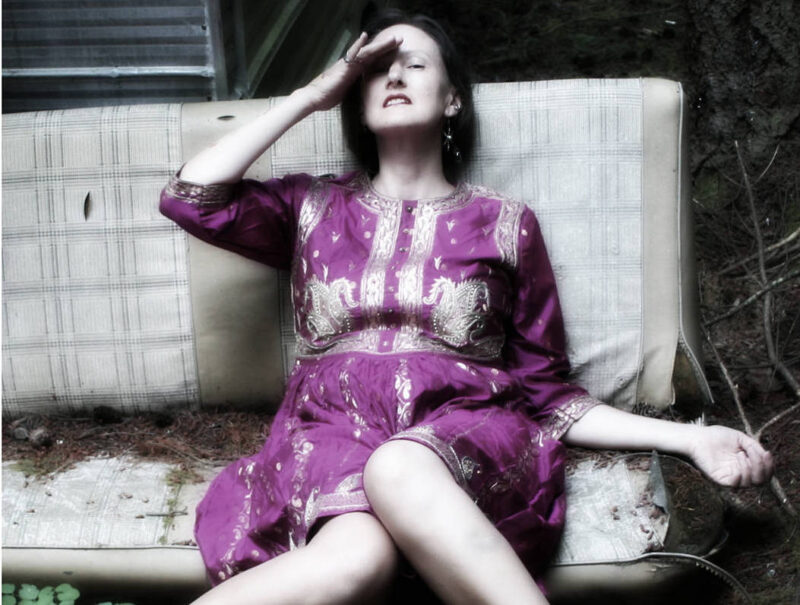
2 comments on “1111 A mathematician’s progress”